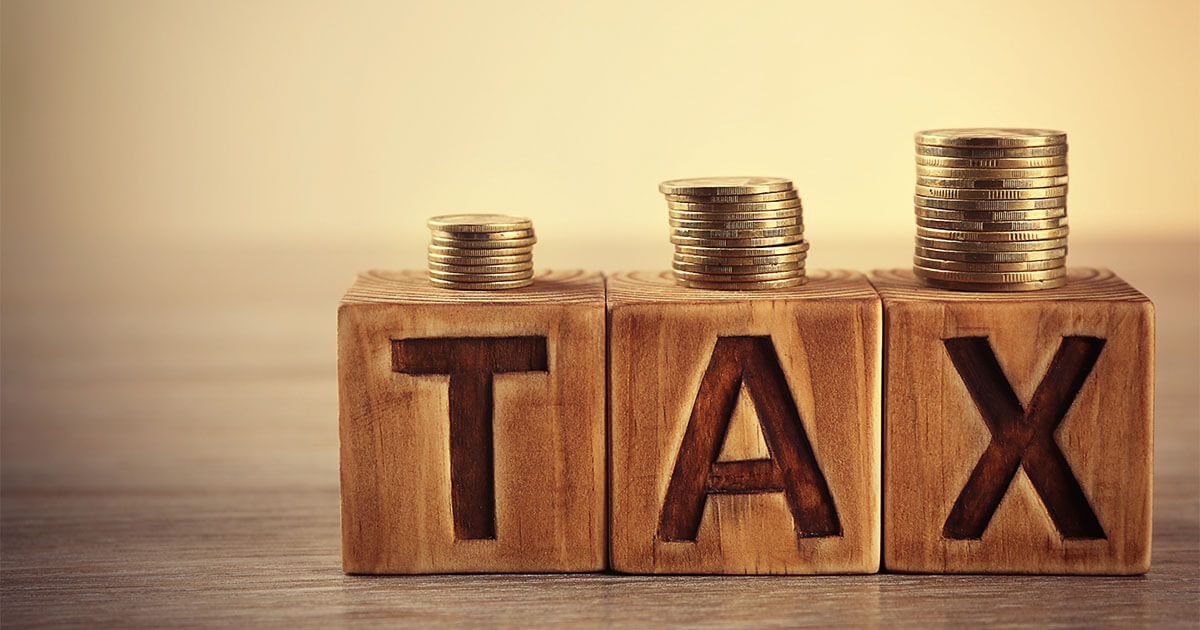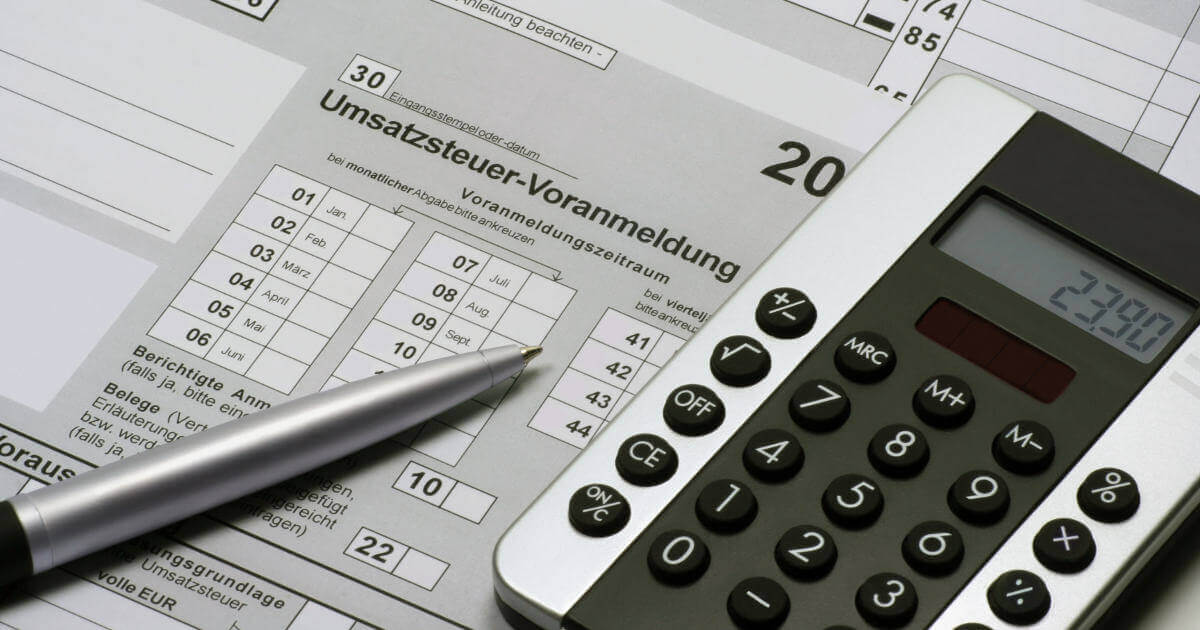All you need to know about VAT numbers
Setting up a company to have EU-wide business relations means an international audience, more sales potential, and also, less appealingly, more VAT paperwork. In comparison to transactions within the UK only, value added tax on transactions between companies belonging to different EU member states follow different principles, so it’s a good idea to wise up on all things VAT to avoid complications in the future.
A VAT registration number is important for EU sales transactions. Here we explain what the VAT identification number is, who needs it and how to apply for it.
What is a VAT number?
The value added tax registration number (abbreviated ‘VAT number’, or ‘VAT reg no.’) is the individual identification number of companies that operate internationally within the EU. A VAT number enables international tax authorities to track and tax the transactions of these companies. A VAT identification number is crucial for all important administrative procedures of EU authorities.
This means that VAT numbers are similar to normal tax IDs, which most citizens are familiar with from their personal tax returns. However, the VAT number and tax number are by no means identical. A tax ID number is generally assigned to every taxable person. A VAT registration number, in turn, is only assigned to companies that have EU wide transactions.
Who needs a VAT registration number?
Every company that sells goods or services in other EU countries requires a VAT number. The VAT number helps regulate the often complex tax procedures within the EU. However, if an business trades exclusively within the UK, it does not need a VAT registration number- the regular tax identification number is enough.
Why do VAT registration numbers exist?
But why is an additional tax number for EU transactions necessary? This has to do with regulations concerning the taxation of turnover in EU transactions. However, if a UK company does business with a company from another EU country (intra-EU deliveries), the reverse charge mechanism applies in most cases. This means that it is not , as is usual, the service provider who pays the sales tax, but the service recipient.
The tax burden is therefore reversed and is now borne by the last consumer in the country of destination (country of destination principle). For the service provider, on the other hand, the delivery or service is tax-free. All they have to do is to report their EU transactions regularly in a EC sales list return to HMRC. For these transactions you’ll need the vat identification number: so that the business transactions are traceable for the international tax offices and can be taxed correctly, each company in the EU receives an individual sales tax ID.
Historically, these regulations have to do with the restructuring of the EU: When internal borders within the EU were abolished in 1993, the so-called VAT control procedure was introduced. This aimed to ensure tax control in transactions between EU countries - even without the usual customs controls. This required a digitally supported exchange of information between the member states - the key to this a VAT number.
When do I need to provide my VAT registration number?
There are two main instances in which you’ll have to provide your VAT number - on invoices, and on your EC sales list form, which you’ll need to return to HMRC.
On an invoice for transactions within the EU, you must always provide your VAT number, as it replaces the tax number. It is not necessary to specify the VAT number if a delivery or service is provided to private individuals or companies without a VAT registration number. In this case, the reverse-charge procedure does not apply and the VAT identification number does not have to be shown.
You’ll also need to provide your VAT number in EC sales lists. Any company that has EU sales outside of their own country must submit an ESL on a monthly or quarterly basis. This report must contain both the VAT number of your own company and that of the foreign company.
How to check whether VAT numbers are valid
It is advisable to check that the VAT number of other businesses are valid, in order to avoid confusion down the line. Many VAT number errors will simply be typing or copying errors, but it is sometimes the case that another business’ VAT number is fraudulently used, and double checking each trader’s number is a good precaution to take. In order to check a UK VAT number, you can always call HMRC on:
- 0845 010 9000 (open weekdays from 08:00am to 08:00pm)
Alternatively, it is possible to check an EU VAT number on the European Commision website here VIES VAT number check, but it should be noted that this database is only updated every month, and this does not account for any delays. This means that the data could be up to two months out of date, so it is advisable to check up on the VAT numbers frequently.
How to register for a VAT number
It is possible to register your business for VAT online, which creates a VAT online account and registers your business for VAT, which is important so that you can submit your VAT returns to HMRC. Once you have registered for VAT, HMRC will send you a certificate containing your VAT number, either to your online account or in the post. HMRC states that it takes around one month to receive it. In the meantime, make sure that you keep records of all the transactions your business makes. Here’s how to register your business for VAT, through online and paper forms:
Online registration
This step-by-step guide is for new users, who do not already have an online log in (Government Gateway ID). If you already have one, then you can sign in and complete a VAT registration under the ‘Your HMRC services à register for HMRC taxes’.
- Go to the government gateway website Click on the ‘register as an organisation’ button
- Fill out the forms with your business information. Make sure you take note of your government gateway ID.
- There will be an option ‘register for HMRC taxes’, and then you can follow the on screen instructions.
Paper form registration
There may be instances when you cannot register online. For example, if you want to apply for a ‘registration exception’, if you’re joining the Agricultural Flat Rate Scheme, and finally if you want to register divisions or business units of a body corporate under separate VAT numbers. Furthermore, it may just be that you want to register via post, even if you don’t fulfil one of the above mentioned categories. It is possible to register via post using three forms:
- VAT1A – use this if you are an EU company which ‘distance sells’ to the UK
- VAT1B - use this form if you import goods with a total value of more than 85,000GBP from another EU member state
- VAT1C – use this form if you dispose of assets on which 8th of 14th Directive refunds have been claimed
Once you have filled out and signed these forms, HMRC will send you your certificate, which contains your VAT number. Then you can sign up on for a VAT online account, and complete your VAT returns online.
Please note the legal disclaimer relating to this article.



